Are you thinking of using the EPDM roofing system for your commercial flat roof? EPDM is a special type of roofing for the flat roof which has been used for commercial and residential roofing systems.
There is a trend that businesses prefer EPDM roofing systems for their roofs. It is mainly preferred because of its durability and affordability. This article will unfold characteristic for EPMD roofs.
What Is EPDM Roofing?
EPDM roofing stands for ethylene propylene diene monomer roofing. A single ply is used in EMDM as a synthetic roofing membrane. Ethylene Polypropylene Diene Monomer is known as rubber roof commonly. It is a single-layered resistant ply membrane that is made of polypropylene and ethylene (derived from oil and gas).
Due to great ultraviolet resistance, mostly black-colored EPDM roofing is used on flat roofing systems. White-colored EPDM is available as well. Due to its weather resistance and durability, it is the most preferred type of roofing material for commercial businesses. Although it can be used for any type of roof, it is typically utilized for commercial flat roofs.
EPDM can withstand extreme weather conditions such as UV rays and ozone exposure, such properties of heat reflection make it a long-lasting roofing material. That’s why EPDM flat roofs have properties such as a cooling effect and are best for businesses located in hotter regions and climates.
Installation of EPDM
Three major ways of installation of EPDM roofing include fully adhered, mechanical attachment, and ballasted method.
In the fully adhered method of EPDM roof installation, the adhesive is used to stick the roofing material to the commercial flat roof. However, in mechanical attachment, EPDM flat roof is attached to the roof utilizing screws and plates. Lastly in the ballasted method, the membrane is attached to the roof loosely and then is fixed by the use of large stone or concrete pavers.
Pros of EPDM Roofing
From longevity to durability, Flat roofs made of EPDM roofing material offer a variety of advantages to commercial and industrial businesses.
- It can handle extreme temperature fluctuation which makes it the best choice for businesses in harsh climates. This shows the flexibility of the EPDM roofing type.
- Another advantage is weather resistance. It is resistant to moisture in the air and acts as a waterproofing method for their roofs.
- Along with ease of installation, it is relatively easy to repair in small patches that elongate its life span. It is easy to repair as its spare parts are easily available in the market.
- Commonly known as cool roofs, because of its cooling properties. It makes it an energy-efficient flat roof option as less cost would be spent on air conditioning in summer.
- EPDM is eco-friendly because the membrane materials are reusable and also can be recycled afterward.
These pros of the EPDM Roofing material make it an ideal choice for businesses in commercial areas.
Cons of EPDM Roofing
Coming towards cons, some major disadvantages of EPDM roofing are as follows.
- It is somewhat susceptible to water leaks. This can cause roof damage in the long run reducing the life span of the flat roof.
- Some type is resistant to UV rays however black EMDM roofing may be damaged over some time. This may reduce effectiveness over time and the color of flat roofs may fade as well.
- It is mostly used for flat roofs, so it has limitations for sloped roofs or residential buildings.
- The appearance of the EPDM roof is not very aesthetic or appealing.
- EPDM is not quite used as a fire resistant. Asphalt or other flat roofs is used for fire resistance commonly.
- EPDM is sometimes susceptible to tears and punctures that can damage.
It’s your choice depending upon your location and need, whether you choose EPDM roofing material for a commercial flat roof.
